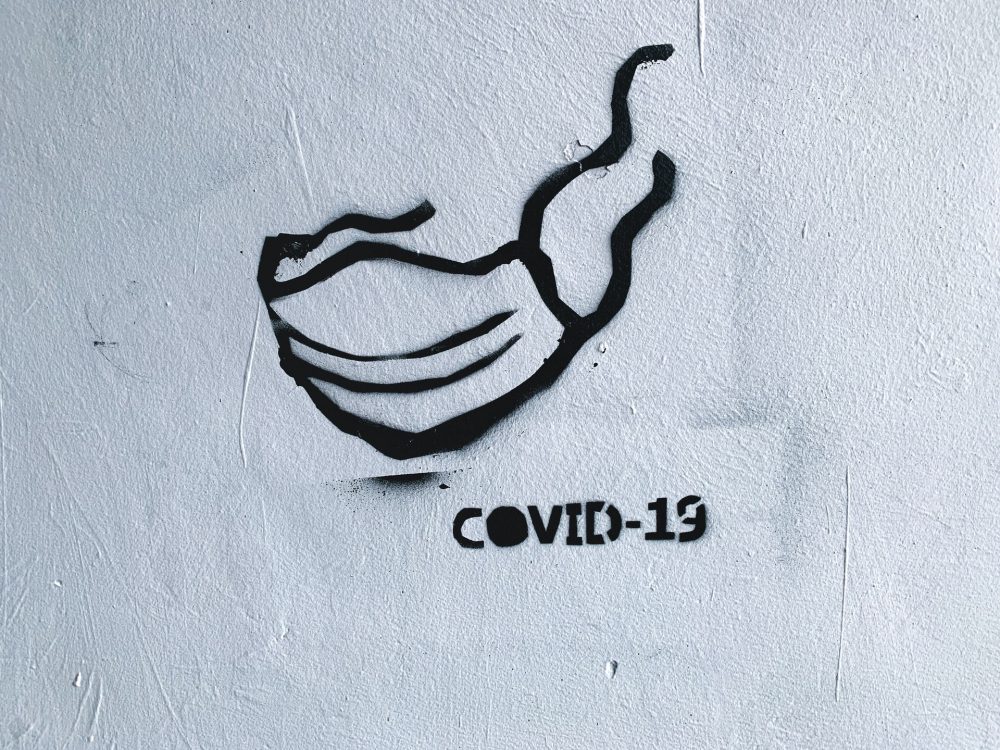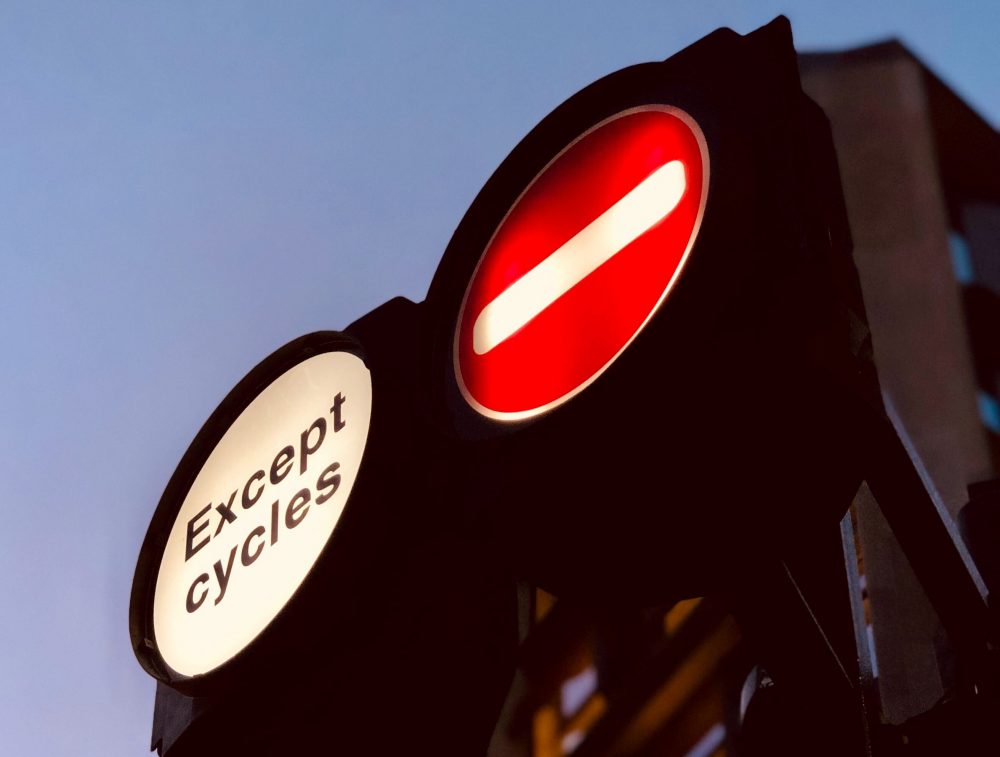Every major human rights treaty and democratic Constitution recognises the freedom of assembly, which includes the right to protest. International human rights courts have furthered the scope of that right in Handyside v. UK and Caso Bronstein v. Peru, by stating that this protection extends even to those ideas that offend or shock the State.
Calamities distract the State’s attention from protesters’ demands. But COVID-19, amidst impacting the most basic aspects of life, has also changed how humans assemble, in so doing it has changed how they protest. Consequently, a dichotomy is in place — protesters have either called off protests indefinitely, or they have unsuccessfully explored novel methods.
Examples abound of successful movements being crippled with COVID-19 lockdowns making assembly illegal. They include Hong Kong’s recalcitrance to aggressive Chinese assimilation, India’s 101 days-long Shaheen Bagh protest by Muslim women against the amended citizenship policy, and Algeria’s 56 week-long Hirak movement which forced the country’s president to step down. New expressions of dissent range from Brazilian residents pounding pans to protest the State’s handling of the virus, chefs in Belgium laying down their jackets in the heart of Brussels and teenage activist Greta Thunberg moving her weekly school strike online. Street protests in the US against the murder of George Floyd have brought policing into disrepute and cities have emerged as new coronavirus hotspots.
Additionally, governments across the world, including India and China, have been alleged to be ‘using’ the virus to crackdown on dissent and pro-democracy movements, respectively. Hungary and Israel are equipped with unchecked executive powers that have violently neutralised resistance against dictatorial authority.
Street protests cannot succeed amidst crises. For one, the Government possesses cause and legal backing to penalise protesters; and two, a street protest will struggle to garner traction when the media has bigger crisis-related stories to cover, such as rising deaths or an oncoming recession.
In this backdrop, we propose an alternative. The idea draws together characteristics of both online and street protests. Why not protest by holograms?
Spain’s amended Public Security law that restricted the freedom of assembly, which critics dubbed the “Gag law” and that UN Special Rapporteurs condemned, invigorated an army of real people to march as holograms with background slogans in front of the Spanish Congress at prime-time in 2015. The resounding international media coverage brought the oppressive legislation into focus while making authorities powerless against non-living entities. The impasse culminated in 2018 with backtrack from the government’s original hardline stance. In first-hand correspondence with organisers Garlic TV, the protesters attributed the demonstration’s success to the same factors associated with ordinary street protest: the disruption of public life and the shock value for stakeholders.
What started in Spain as a symbolic jab could be the most viable mode of protesting amidst humanitarian crises. Hologram protests will survive restrictions on an assembly of ‘persons,’ despite the dominating constructive presence of human figures. This leaves law enforcement agencies faced with two alternatives: either prosecute individuals who volunteered to present their images as holograms, or prosecute the organisers.
Prosecuting individuals is unlikely to yield results. It would first require the prosecution to prove that constructive presence is equal to an actual presence in committing the ‘crime’ of assembly, then to prove the reasonableness of the prosecution before a Constitutional court. Only then could the Court fasten and prove liability of persons for violating restrictions on assembly merely by volunteering to provide their images to an organisation.
Prosecuting organisers is as far-fetched an alternative. In the Spanish example, authorities could not pursue legal action as the permission that Garlic TV obtained foreclosed legal reprisal. Any charges would still have targeted obtaining a false permit rather than organising a protest — it was a sound and light show at most. Hologram protests hold the most promise in that law itself provides them immunity. Law defines an assembly as an assembly of persons, which is a legal category that a hologram neatly sidesteps.
Article 21 read with Article 4 of the ICCPR subjects the freedom of assembly to necessary restrictions in conformity with law in the interests of public safety, public order and public health. The State hence cannot curb hologram protests — in addition to the absence of any law recognising or prohibiting holograms, they cannot endanger public safety, order or health. Hologram protests also elude the requirement of a permit or notification as per UNGA report A/68/299, which categorically states that authorities may, at most, require a notification (and not a permit) only for large ‘assemblies’ where a degree of disruption is anticipated.
The cost feasibility of a hologram protest depends on the size of the demonstration, the equipment, and post-production costs. To start from scratch is expensive, but organisers can always contact big production houses. Crises such as COVID-19 halt their activity, and production houses are eager to bear the cost of equipment for a pro bono cause that raises their public-relations value while bringing global limelight. The Spanish protest similarly witnessed companies offering their services for free.
Be it India’s now-defunct Shaheen Bagh, Hong Kong’s ban-defying Tiananmen Square vigil or any of the worldwide weakened protests, hologram demonstrations at these sites would have drawn global traction with a sense of uninterrupted continuance to the stakeholders. Despite seeming hypothetical today, the inherent shock value of this growing technology carries promising potential for securing the future of protests in a world with rising authoritarian tendencies and higher likelihood of pandemics.
Note: This article gives the views of the authors, and not the position of the Social Policy Blog, nor of the London School of Economics.






The article suggests a novel form of protest and towards the end unravels its’ legal ramifications. Worth read during this restrictive era of coronavirus pandemic and beyond.
The post dwells upon new forms of protest which is felt necessary in post-covid scenario. Further, divulging into the legal dimensions of the idea is interesting.